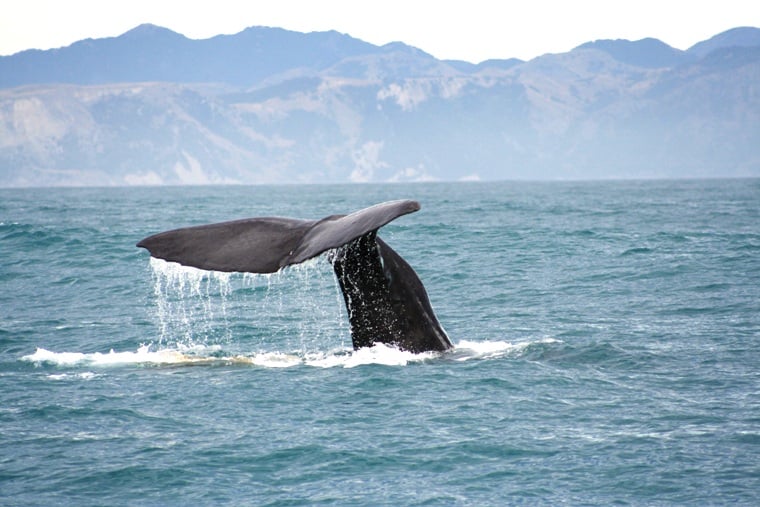
In a world increasingly focused on combating climate change, scientists have found an unlikely ally in the ocean's deep—a creature that has been decimated over centuries: the whale.
While the majestic mammals may be far fewer than they once were, their poop plays a crucial role in maintaining marine ecosystems and mitigating climate change. But with whale populations still recovering from the devastating effects of industrial whaling, researchers are turning to artificial solutions.
This has led to an intriguing new endeavor: scientists are now crafting synthetic whale poop and dumping it into the ocean. But why?
Whale poop is not just an unfortunate byproduct of a marine giant; it’s a vital ecological tool. The waste is packed with essential nutrients like nitrogen, phosphorus, and iron, which are key to sustaining phytoplankton—tiny organisms at the base of the marine food chain.
When phytoplankton thrive, they absorb massive amounts of carbon dioxide, effectively pulling the gas from the atmosphere and helping to combat global warming.
In fact, these microorganisms can capture around 22 million metric tons of CO2 annually, roughly the same as the emissions from 4.8 million cars.
But overhunting of whales in the 20th century has disrupted this natural process. Fewer whales mean less poop, leading to nutrient-deficient waters that stifle phytoplankton growth and reduce carbon capture.
To fill this ecological void, scientists like Edwina Tanner and David King are replicating the effects of whale poop with synthetic alternatives.
Tanner’s team at the WhaleX Foundation has created artificial whale feces made from nutrients that mimic the real thing. Their goal is to stimulate phytoplankton growth and restore productivity in nutrient-poor parts of the ocean.
After a successful test in the Tasman Sea in 2021, WhaleX is preparing for a larger experiment in 2025 using biopods—special cylinders filled with nutrient-rich water to further enhance phytoplankton growth before releasing it into the ocean.
Meanwhile, David King’s Marine Biomass Regeneration project at Cambridge University is pursuing a different approach: scattering nutrient-rich dust derived from volcanic and glacial sources across the ocean’s surface.
These dust clouds are designed to trigger phytoplankton blooms, similar to the effects of whale waste.
The stakes are high. If successful, these efforts could revive marine ecosystems, bolster fisheries, and even increase the capture of atmospheric carbon.
However, there are significant hurdles to overcome. Aside from scientific and technical challenges, there are legal considerations, as international treaties currently regulate what can and cannot be discharged into the sea.
The success of these artificial whale poop projects could change the way we think about ocean conservation and carbon sequestration.
Though the concept may seem odd, it is part of a broader effort to restore balance to the oceans and fight the growing climate crisis.
If scientists can prove that artificial whale poop is just as effective as the real thing, we could be looking at a new tool in the battle against climate change, one that mimics nature's solutions.
1731588327-0/BeFunky-collage-(59)1731588327-0-405x300.webp)
1731587470-0/lady-gaga-(2)1731587470-0-165x106.webp)

1727341229-0/diddy-(13)1727341229-0-165x106.webp)
1731584966-0/diddy-(43)1731584966-0-165x106.webp)



1731577079-0/Untitled-design-(9)1731577079-0-270x192.webp)
1731571819-0/Copy-of-Untitled-(40)1731571819-0-270x192.webp)

1731404466-0/12135411c697d1c-(2)1731404466-0-270x192.webp)








COMMENTS
Comments are moderated and generally will be posted if they are on-topic and not abusive.
For more information, please see our Comments FAQ